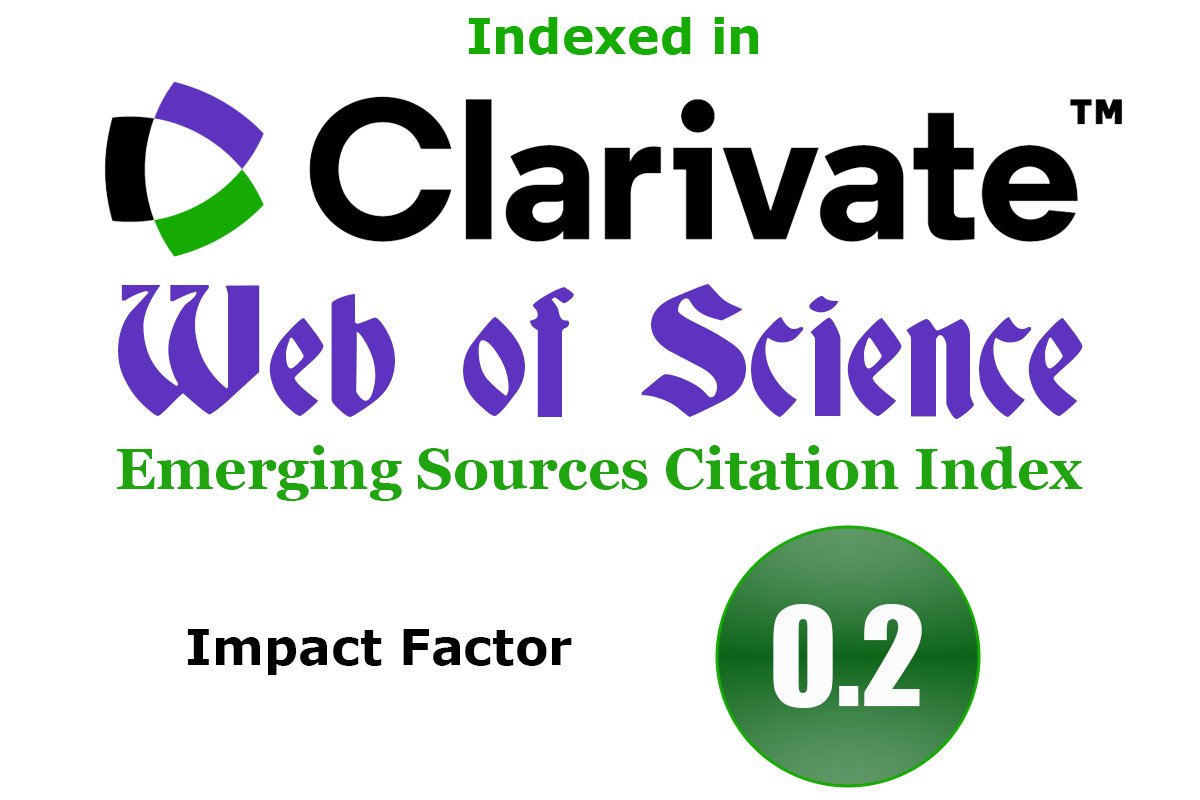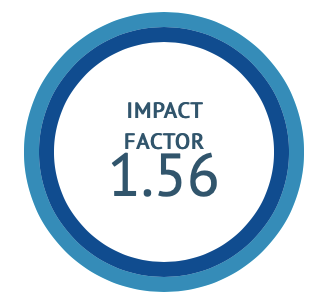Exploring the Role of Ardhamatrika Basti in Anovulatory Female Infertility: A Clinical Evaluation
DOI:
https://doi.org/10.47552/ijam.v16i3.5875Keywords:
Ayurveda, Anovulation, Female InfertilityAbstract
Introduction: The difficulty to conceive or subfertility represents major social and psychological burden amongst couples. Anovulation, fallopian tube disease, pelvic adhesions, endometriosis, and unexplained infertility are the major causes of female infertility. Initial treatment for women with anovulatory infertility involves a sequential approach, moving from less to more resource-intensive therapies. Anovulation is dominant factor, which comprises 30-40% of female infertility factor. Aim: To evaluate the efficacy of Ardhamatrika Basti in the management of female Infertility with special reference to Anovulatory factor. Methods & Materials: The study was conducted on 18 female subjects of anovulation with primary or secondary infertility, fulfilling the inclusion criteria and diagnosed by Transvaginal sonography for 2 consecutive cycles. Patients received Ardhamatrika Basti (through rectal root, after cessation of menstruation) for 16 days till ovulation occurred. The observations and results were assessed by follicular study conducted from 8th-9th day of menstrual cycle till 20th day for three consecutive cycles. Statistical Analysis: The results were drawn after analysing nonparametric data statistically by means of Wilcoxon signed-rank test. Results: In the study, ovulation was achieved in 81.25 % of the patients including 25 % conceptions within follow up period. Conclusion: As a result, it has been concluded that Ardhamatrika Basti is effective treatment modality in infertility owing to anovulatory factor
Downloads
Published
How to Cite
Issue
Section
License
Copyright (c) 2025 International Journal of Ayurvedic Medicine

This work is licensed under a Creative Commons Attribution-NonCommercial-ShareAlike 4.0 International License.
The author hereby transfers, assigns, or conveys all copyright ownership to the International Journal of Ayurvedic Medicine (IJAM). By this transfer, the article becomes the property of the IJAM and may not be published elsewhere without written permission from the IJAM.
This transfer of copyright also implies transfer of rights for printed, electronic, microfilm, and facsimile publication. No royalty or other monetary compensation will be received for transferring the copyright of the article to the IJAM.
The IJAM, in turn, grants each author the right to republish the article in any book for which he or she is the author or editor, without paying royalties to the IJAM, subject to the express conditions that (a) the author notify IJAM in advance in writing of this republication and (b) a credit line attributes the original publication to IJAM.




